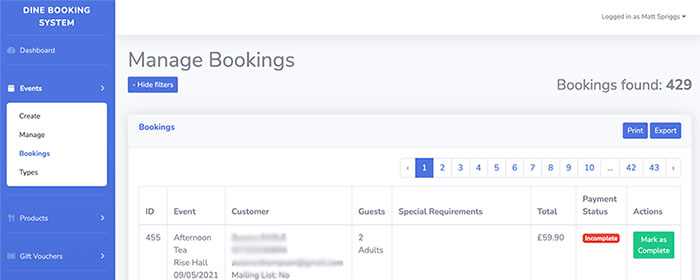Introduction
In the digital era, APIs (Application Programming Interfaces) have become the backbone of software integration, enabling disparate systems to communicate and share data seamlessly. Whether you’re developing a new application or looking to enhance the functionality of existing software, understanding the different methods to connect to and utilize APIs is crucial. This article explores these methods, providing insights into how you can effectively leverage APIs in your software projects.
Understanding APIs and Their Importance
APIs serve as the bridge between different software applications, allowing them to interact without sharing the underlying codebase. This not only facilitates the integration of third-party services but also promotes innovation by enabling developers to build upon existing technologies. The ability to connect with APIs efficiently can significantly impact the success of software integrations, making it essential to understand the various methods available for this purpose.
Methods of Connecting to APIs
Direct API Calls
The most straightforward method of interacting with an API is through direct HTTP requests. These requests include GET for retrieving data, POST for creating data, PUT for updating data, and DELETE for removing data. Developers must handle the construction of request URLs, query parameters, and the handling of responses manually, which offers maximum flexibility but requires a thorough understanding of the API’s documentation.
SDKs and Libraries
Many API providers offer Software Development Kits (SDKs) or libraries that abstract the complexity of direct API calls. These tools provide pre-written code for common tasks, simplifying the process of integrating an API into your application. SDKs are particularly useful for developers looking to save time and reduce the likelihood of errors in API communication.
API Gateways
API gateways are powerful tools that act as intermediaries between clients and services. They provide a single entry point for all API calls, offering features like security (through authentication and encryption), traffic management, and the collection of analytics. Using an API gateway can simplify API usage and enhance the scalability and security of software integrations.
Webhooks
Unlike the request-response model used in direct API calls, webhooks allow APIs to push real-time data to applications. This method is highly efficient for scenarios where an application needs to react to events as they occur, such as receiving instant notifications of transactions or updates.
GraphQL
GraphQL represents a significant shift from the traditional RESTful API approach, allowing clients to query for precisely the data they need in a single request. This reduces the amount of data transferred over the network and improves the efficiency of applications by avoiding over-fetching or under-fetching of data.
Third-Party Integration Tools
For those without extensive technical expertise or resources, third-party integration tools like Zapier or MuleSoft offer a more accessible way to connect to APIs. These platforms provide a user-friendly interface to integrate various APIs, automating workflows and enabling data exchange between applications without writing any code.
Best Practices for Utilizing APIs
When connecting to and utilizing APIs, it’s important to follow best practices to ensure secure and efficient integration. This includes using HTTPS to encrypt data in transit, managing API keys securely to prevent unauthorized access, and monitoring API usage to adhere to rate limits and avoid service disruptions.
Conclusion
The landscape of API integration is diverse, offering multiple methods to connect to and utilize APIs depending on your project’s needs, technical expertise, and resources. Whether through direct API calls, SDKs, API gateways, webhooks, GraphQL, or third-party tools, the right approach can significantly enhance the speed, efficiency, and functionality of your software integrations. Experimentation and continuous learning are key to leveraging the full potential of APIs in your development endeavors.









